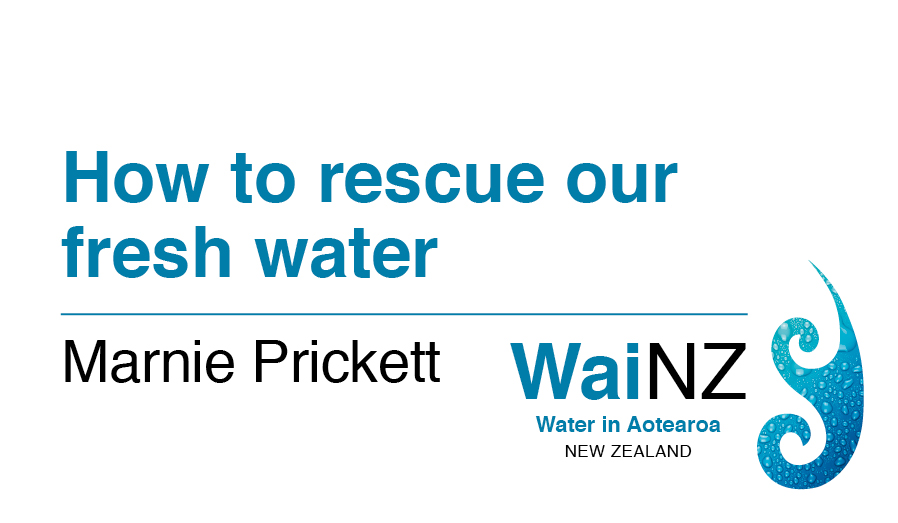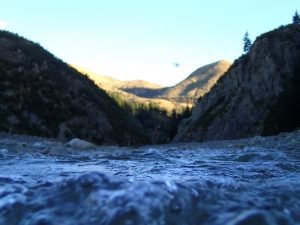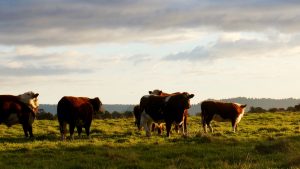New Zealand has a freshwater crisis. There is little doubt about this now as report after report has piled up over the last year. National and international research reaches the same conclusion.
In an interview on his own report on the state of the country’s fresh water, the Prime Minister’s chief science advisor Sir Peter Gluckman said: “the reality is we cannot keep going as we have been.”
The challenges of rescuing our waterways
What are the challenges we must overcome to rescue our waterways? For those less well versed in New Zealand’s freshwater problems, an excellent place to start is the Parliamentary Commissioner for the Environment’s 2012 publication, “Water Quality in New Zealand: Understanding the Science”.
In this accessible and easy-to-read document, Dr Jan Wright and her team outline the major pollutants of Aotearoa’s waterways: pathogens, sediment and nutrients. To summarise briefly (and not exhaustively): pathogens make people sick, sediment smothers habitat and makes it hard for aquatic life to function, and unnaturally high nutrient levels drive excessive plant growth, including algal blooms that can starve aquatic ecosystems of dissolved oxygen.
There are further pressures on our suffering waterways, such as water extraction, the artificial straightening and piping of once beautiful winding and wandering streams, and the destruction of wetlands (which are often described as the kidneys of the land).
Some alarming statistics can tell part of the story of what has been done to our waterways.
- 74% of New Zealand native fish are threatened or at risk of extinction.
- 23% of New Zealand’s monitored groundwater sites are too high in pathogens for human consumption.
- 70% of New Zealand’s rivers fail the Ministry of Health’s recreational contact guidelines.*
- 90% of New Zealand’s wetlands have been drained or filled.
- 32% of monitored lakes are now classed as polluted with nutrients.
What can be done?
You could be forgiven if you feel overwhelmed by the enormity of the problem, especially given that, in the case of nutrient pollution particularly, scientists believe it’s going to get worse before it gets better.
But like any serious problem, it can be broken down and addressed step by step. While it will take some time to deal with our legacy of poor land and water management, we can (and must) take steps now to prevent the situation from escalating further.
Importantly, individual action is only part of the solution. Community tree planting and minimising domestic water use should always be encouraged but, because of the extent and drivers of our freshwater problems, it is the Government that now has the most crucial role to play in addressing this crisis.
So, again, what can be done?
In June this year, academics from a range of disciplines (freshwater ecology, Māori, Pacific and indigenous studies, public health) alongside major tourism, environmental, recreation and public health organisations joined together to launch the Freshwater Rescue Plan. The original group behind the plan has since been joined by a further eight organisations and support continues to grow.
The Freshwater Rescue Plan presents seven steps the Government can take immediately to address New Zealand’s freshwater crisis.
These seven steps are not a 100-year plan but simply the actions that the Government elected in September 2017 should take immediately to start turning this desperate situation around. So, what are the seven steps?
A seven-step plan
- Set strict and enforceable water quality standards, based on human and ecosystem health limits.
- Withdraw all public subsidies of irrigation schemes.
- Invest in an agricultural transition fund, to support the country’s shift away from environmentally-damaging farming methods by redirecting $480 million of public money earmarked for irrigation.
- Implement strategies to decrease cow numbers immediately.
- Reduce freshwater contamination by instigating polluter pays systems nationally.
- Address the performance of regional councils on improving water quality through quarterly reports to the Ministry for the Environment on enforcement, breaches and monitoring.
- Adopt OECD recommendation to establish a “whole-of-government multi-stakeholder process to develop a long-term vision for the transition of New Zealand to a low-carbon, greener economy.”
Sir Peter Gluckman is right. The reality is we cannot keep going as we have been.
However, it became clear to many following the Government’s “Clean Water Package” announcement in February (which included worsening our national swimming standards) that the government was stalling on tackling the problem of our polluted rivers, lakes and aquifers.
The current Government still appears to be unwilling to face the difficult truths outlined in this year’s numerous freshwater reports, particularly the OECD’s Environmental Performance Review of New Zealand, that our coupling of economic growth with natural resource use (notably, in the case of water, in relation to the expansion of intensive agriculture) has pushed the country to its environmental limits.
Prime Minister Bill English said, in response to the OECD findings and common suggestion that they were an indictment on National’s economic strategy, “I don’t agree with that. We’ve got economic growth, which was always going to have a strong agricultural production base.”
He went on to say: “We are not willing to make rules that slash our agricultural community – that’s not going to happen.”
But good rules and regulation don’t “slash”. Effective rules support and encourage people to be responsible and act in ways that benefit the common good (like having appropriate speed limits on our roads, for example).
How will the seven-step plan work?
The Freshwater Rescue Plan starts at the most obvious point – our freshwater policy – where human and ecosystem health should determine the limits we set for the major pollutants the Parliamentary Commissioner for the Environment identified. We have these limits for pathogens, where swimmable is our bottom line and Massey University’s Professor Russell Death’s work has identified deposited sediment and nutrient limits for functioning ecosystems.
Step two of the plan calls for the withdrawal of the almost half a billion dollars of public money currently allocated to large-scale irrigation schemes, as these are a driver of intensive agriculture and intensive agriculture is associated with worsening water quality. We don’t want to go backwards.
Going forwards, we want to support and encourage the right kind of change so the plan suggests reallocating the $480 million currently allocated to irrigation to an Agricultural Transition Fund to support farmers and other primary industry players in the move away from environmentally-damaging practices and models.
Step four is a necessary acknowledgement that the size of the national dairy herd is putting considerable strain on waterways. A reduction in cow numbers would likely be achieved by Step five of the plan. This identifies the mechanism of polluter pays systems which, according to the work of the OECD, would drive innovation in urban and rural pollution mitigation (although there are further mechanisms to reduce cow numbers such as moratoriums and land suitability mapping that could also be introduced).
The plan calls for necessary data collection on the performance of our regional councils (the environment’s “Last line of Defence”) through quarterly reporting to the Ministry for the Environment. Like District Health Boards that also report quarterly to their ministry, this is to ensure that regional councils’ performance can be audited and compared nationally and inadequacies in monitoring, compliance and enforcement identified and acted on by central government.
Finally, we must plan for the future. Following again the advice of the OECD, the Freshwater Rescue Plan establishes as its seventh step a whole-of-government process to develop a long-term vision for the transition of New Zealand to a low-carbon, greener economy.
We cannot keep going as we have been. And we don’t have to.
Marnie Prickett
Footnote
*Using NIWA’s 2017 technical report, and avoiding statistics the current Government produced earlier this year in its “Clean Water Package” which use their weakened swimming standards and only apply to a particular proportion of New Zealand rivers, giving the effect of a higher pass rate.
About:
Marnie Prickett is an organiser and spokesperson for Choose Clean Water, a campaign aiming to strengthen New Zealand’s fresh water policy in order to protect and restore the country’s waterways. Marnie’s background is in environmental education and horticulture. She recently completed a Bachelors of Agricultural Science at Massey University and began a Masters degree on water quality management at Molesworth Station.
What is WaiNZ?
Kia ora, Aotearoa. We’ve asked leading environmental, social and health researchers to share their personal and professional perspectives about the state of our water and what water means to us as New Zealanders. Follow their blogs right here at tepunhahamatatini.ac.nz and across social media with #WaiNZ.
Where possible, commentary will be backed up by data from Figure.NZ. Their incredible charts are based on data sourced from public repositories, government departments, academics and corporations. Check out their #WaiNZ data board and sign-up to create your very own data board on any topic that interests you.



